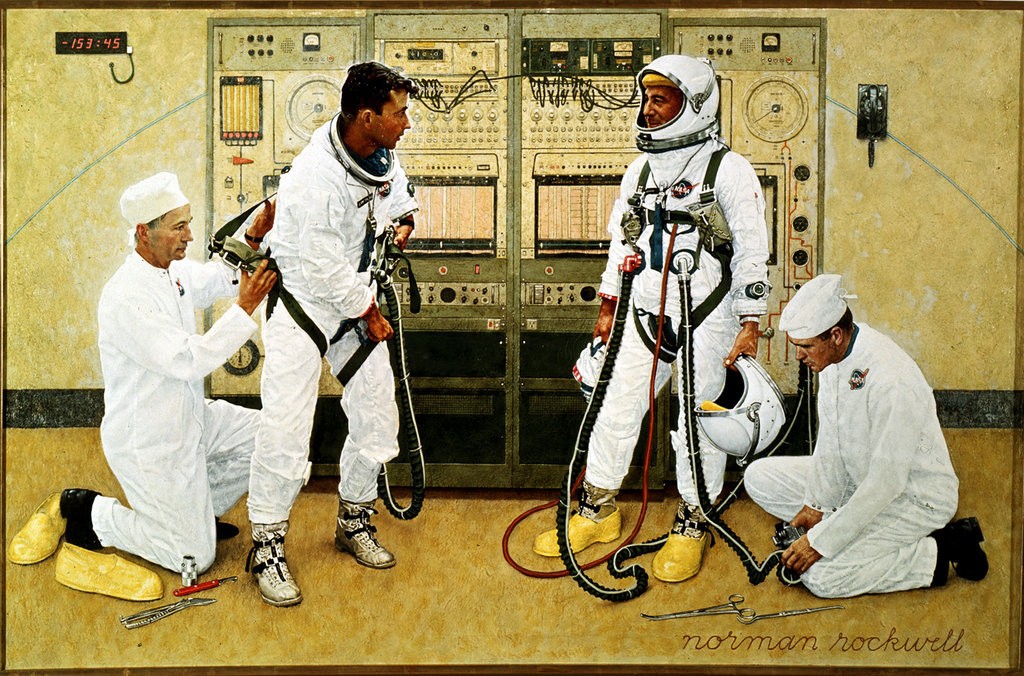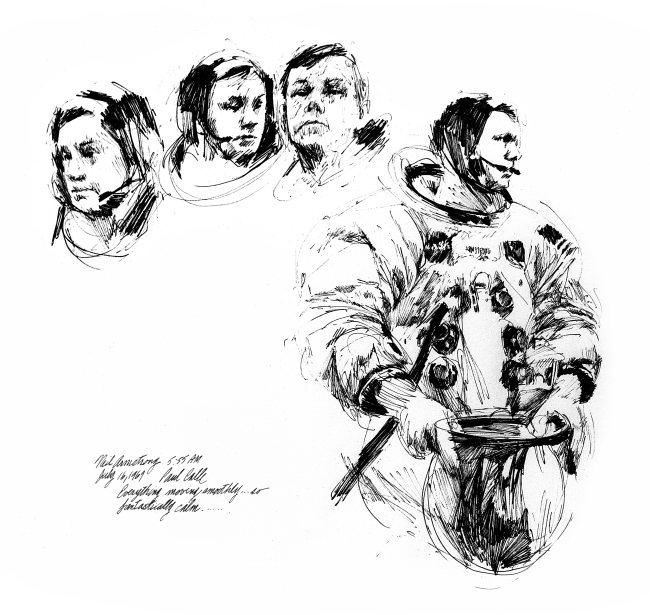Remember when armchair travel meant a book, a magazine, a handful of postcards, or the occasional after-dinner slideshow of the neighbors’ vacation photos?
Those were the days.
The throngs of travel “influencers”—both professional and aspirant—have taken much of the fun out of living through others’ visits to far-flung locales. The focus seems to have shifted from imagining ourselves in their shoes to feeling oppressed by their highly-staged, heavily-filtered Instagram-perfect existence.
Photographer Jim Newberry’s dazzling, dizzying 360° photos of Los Angeles, like the views of Echo Park, Chinatown, East L.A., and Downtown, above, offer armchair travelers transportation back to those giddy pre-influencer days.
(Angelinos and other LA-versed visitors will enjoy swooping through City of Angels landmarks as if rotating on the no-parallax point, too.)
The Chicago transplant admits that it took a while for him to find his Los Angeles groove:
After being disabused of my Midwestern, anti‑L.A. views, I’ve found that the city has much more to offer than I had imagined, but the gems of Los Angeles often don’t reveal themselves readily; it takes a bit of legwork to seek out the best spots, and well worth it. Mountains, beaches, vibrant urban life, tons of museums, gorgeous nature.
While easy-to-use “one-shot” 360 cameras exist, Newberry prefers the quality afforded by using a high-resolution non-360 camera with a wide angle lens, mounted on a panoramic tripod head that rotates it in such a way as to prevent perspective errors.
With the equipment set up in the center of the room, he shoots four photos, spaced 90° apart. Another shot is aimed directly downward toward the floor.
Panoramic software helps to stitch the images together for a “spherical panorama,” giving viewers an experience that’s the digital equivalent of swiveling their heads in awe.
Newberry’s roving lens turns Lee Lawrie’s Zodiac Chandelier, Dean Cornwell’s California history murals, and the decorative ceiling stencils of the Central Public Library’s Grand Rotunda into a gorgeous kaleidoscope.
The Taoist Thien Hau Temple in Chinatown is a more recent attraction, founded in the 1980s in a former Christian church. Community members raised funds to build the larger temple, above, dedicating it in 2006 as a shrine to Mazu, the goddess of the sea, protector of fisherman and sailors.
The Museum of Jurassic Technology, a self-described “educational institution dedicated to the advancement of knowledge and the public appreciation of the Lower Jurassic,” served as Newberry’s point of entry, when management okayed his request to shoot 360° photos there:
It’s a very special place—my panoramic photos are no match for an in-person visit. Unlike many other museums these days, the Museum of Jurassic Technology doesn’t normally allow photography, and there’s not many photos of the place to be found.
(In return for permission to shoot the museum’s Fauna of Mirrors murals, rooftop courtyard, and Tula Tea Room, Newberry agreed to maintain its mysterious aura by limiting the publication of those photos to his Panoramic Eye site. Feast your eyes here.)
The photographer is looking forward to working with more museums, creating 3‑dimensional documentation of exhibits.
His interest in the ephemeral has also spurred him to create virtual tours of local landmarks on the verge of being torn down. Entries in the ongoing Lost Landmarks series include Los Feliz’s Good Luck Bar (RIP), Tom Bergin’s Pub (above, spared at the last minute when the Los Angeles Conservancy declared it an Historic-Cultural Monument), and the Alpine Village, currently for sale in neighboring Torrance.
Begin your explorations of Jim Newberry’s Panoramic Eye 360° virtual tours of Los Angeles, including the Griffith Park Observatory, the St. Sophia Cathedral, and the Everything Is Terrible! store here.
Related Content:
Take a 360° Virtual Tour of Taliesin, Frank Lloyd Wright’s Personal Home & Studio
Five Cultural Tours of Los Angeles
Ayun Halliday is the author of seven books, including No Touch Monkey! And Other Travel Lessons Learned Too Lateand the Chief Primatologist of the East Village Inkyzine. Join her in NYC on Monday, September 9 for another season of her book-based variety show, Necromancers of the Public Domain. Follow her @AyunHalliday.













